Built-In Prompt Templates to Boost AI App Development Process


Creating AI applications is a complex process that requires a deep understanding of large language models and their features. Are you looking for a more efficient way to advance the development of your AI application? You need to look no further than LLM Spark’s robust toolbox. With its extensive feature set, this developer platform is completely changing how AI applications are made. The inclusion of prompt templates, which is a game-changer in streamlining the complex process of developing AI apps, is one particularly noteworthy feature.
LLM Spark, as a developer’s platform, is meticulously built to facilitate the creation of artificial intelligence applications. The Prompt Templates feature within this platform is a highly useful tool for developers aiming to streamline their workflow.
A Prompt is a natural language text and series of instructions given to an AI that regulates its behaviour. These instructions are critical in deciding how your AI model will react to various inputs or queries. Prompts, in essence, serve as the foundation for an AI model’s responses.

Developers can build many prompt and scenarios. A scenario represents a user’s query or request to the AI model. These scenarios define a unique form of request, allowing developers to seek actionable insights customised to specific customer requirements.
Working with AI models is exciting because of their diverse behaviours when given particular instructions. Each Language Model (LM) has its own set of complexity and capabilities. To the value of these models, we need to understand Prompt Engineering.
Prompt engineering is the process where you guide generative artificial intelligence (generative AI) solutions to generate desired outputs. Even though generative AI attempts to mimic humans, it requires detailed instructions to create high-quality and relevant output. In prompt engineering, you choose the most appropriate formats, phrases, words, and symbols that guide the AI to interact with your users more meaningfully. Prompt engineers use creativity plus trial and error to create a collection of input texts, so an application’s generative AI works as expected.
Prompt templates are essentially pre-made prompts that are integrated into LLM Spark. These templates give developers the ability to use these prompts with ease, with just a single click. The simplicity of this capability is its beauty—it lets developers quickly test out different Language Model (LM) replies to a range of queries. This approach works quite well for determining which model is best suited for a certain task.

The ability to quickly apply pre-made prompts to various LLMs by accessing a collection of them. This speeds up the development process and makes it easier to fully understand how various models react to various inputs. Prompt templates enable developers to choose the model that most closely matches project needs by speeding the evaluation phase.
Although using the pre-installed Prompt Templates has many benefits, LLM Spark goes above and beyond by enabling developers to design unique prompt templates that meet their unique requirements.

Once you have created your prompts and scenarios within the playground, its time for testing. LLM Spark makes the testing phase easier, allowing developers to assess how their prompts interact with different language models and scenarios by running various prompts and scenarios on various LLMs. This process ensures the prompt’s effectiveness in generating the desired AI responses.
First Select the the model Provider:

In this situation, I’m using OpenAI: Turbo GPT-3.5 and Turbo GPT-4

By clicking on RunAll, It will execute every Prompt and Scenerio

After successfully testing your prompt, deploying it within your AI application is a seamless process. When you click on the three dots, a window will appear.

Now just click on Deploy prompt

Suggested Reading
The integration of built-in prompt templates into LLM Spark provides developers with a flexible toolkit for simplifying, accelerating, and improving the AI app development process. LLM Spark enables developers to maximise the potential of AI apps by allowing them to use pre-built templates or create unique prompts.
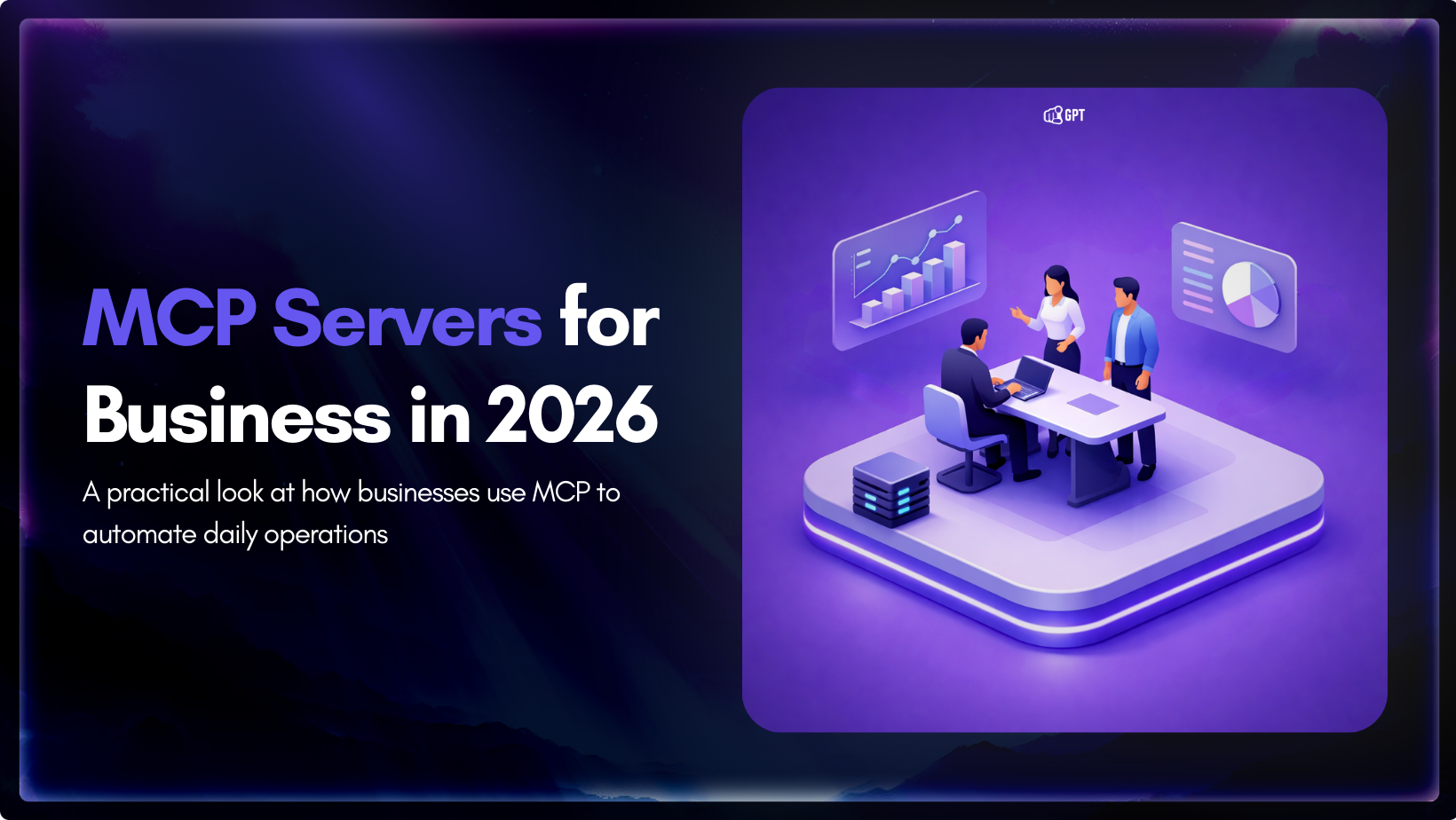
Growth-focused teams move faster when their tools work together instead of competing for attention. Modern development depends on multiple systems to ship code, review changes, monitor services, and access data. Each system serves a purpose, but routine work often means moving between dashboards, scripts, and internal tools. These small transitions shape how consistently a team […]

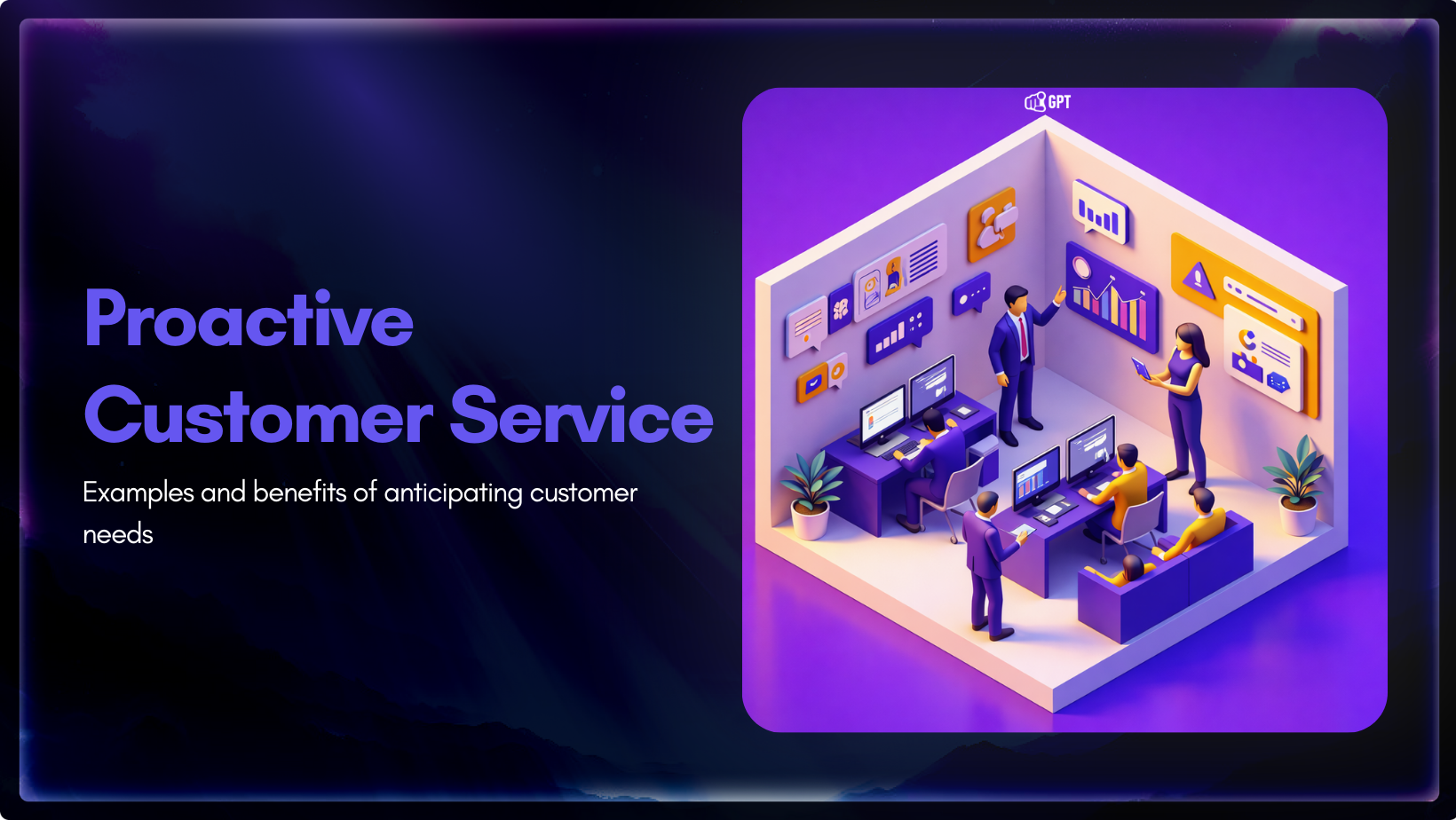
Most customer service moments begin long before a ticket is created. Something feels off. A payment does not go through. A delivery update stops moving. A user gets stuck at the same step and tries again. Customers usually pause, check, retry, and wait before they decide to ask for help. Proactive customer service works inside […]

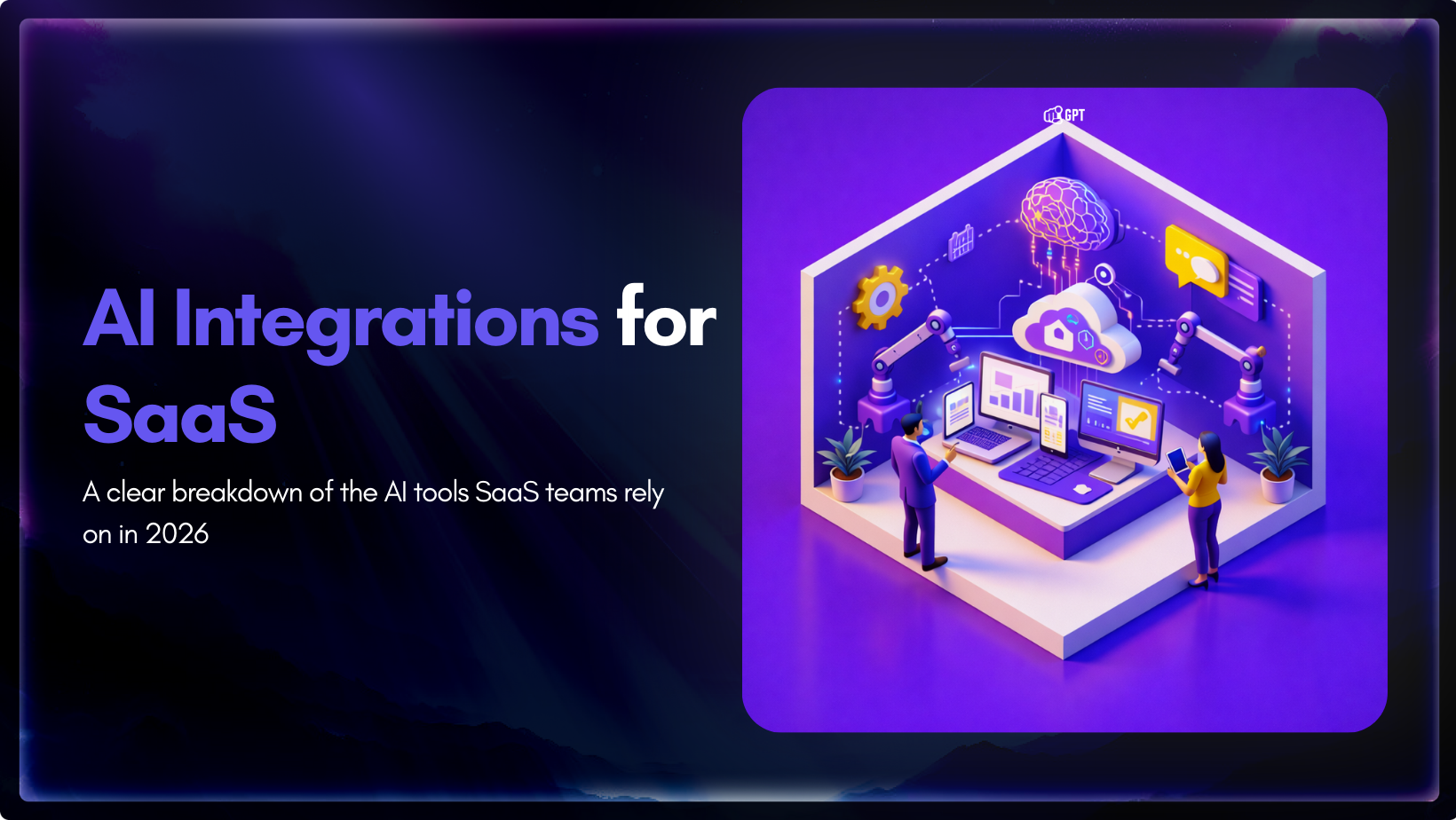
AI has become a core part of how modern SaaS products are built and delivered. In 2026, customers expect intelligent assistance to be available throughout their journey, from onboarding and everyday product usage to support and account management. Inside SaaS teams, AI is increasingly used to speed up workflows, reduce repetitive tasks, and improve how […]

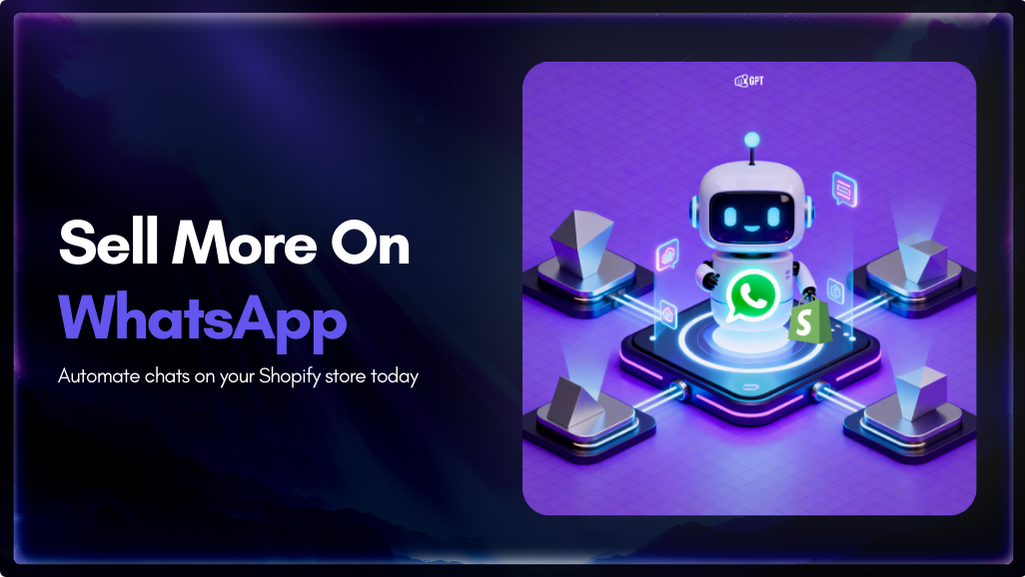
Shopify stores often use a chatbot on their website to handle product questions, order updates, and support. But customers also message on WhatsApp expecting the same quick answers. Most of them already use WhatsApp throughout the day, so reaching out there feels natural. A chatbot that works across both channels responds in seconds, guides purchase […]


Most businesses do not struggle to generate leads. They struggle to know which ones are worth acting on. Forms get filled, DMs arrive, emails are opened, and chats happen across multiple tools. Some prospects convert. Most do not. The real problem is that there is no reliable way to tell, early enough, which signals actually […]

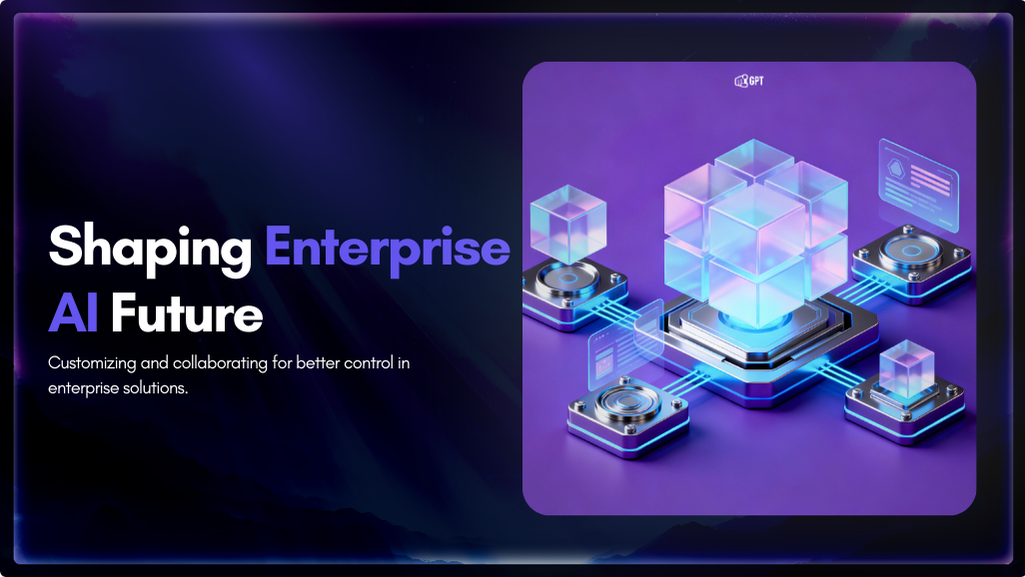
Artificial Intelligence has advanced quickly over the past five years, moving from an experiment to a standard component of modern business. AI has become a central part of enterprise strategy. 88% of organizations are now using AI. This figure has increased from 78% the year before. This transformation is reshaping how companies run, communicate, and […]
